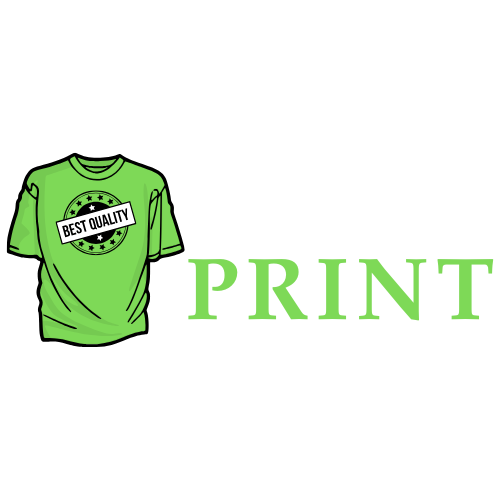DTF supplies are the backbone of vibrant, durable transfers for apparel and fabrics in direct-to-film printing workflows. A reliable setup includes DTF inks, DTF powders, and compatible transfer paper to deliver bright colors, solid whites, and reliable adhesion. Choosing inks that match your printer and media minimizes banding and ensures consistent skin tones and gradients. Pair the media with a suitable Heat press for DTF and apply it at controlled temperatures to achieve professional results. Understanding these components and how they interact with your workflow will improve durability, color accuracy, and customer satisfaction.
Viewed through an alternative lens, this topic centers on film-based decoration media that carries color and adhesive onto textiles via heat. These components work together as the core toolkit for direct-to-film workflow, including transfer films, pigment inks, and powder binders. Choosing the right combination—proper transfer film, the right binders, and compatible pressing settings—leads to consistent, durable finishes across fabrics. With attention to storage, calibration, and routine maintenance, makers can scale output while maintaining color fidelity.
DTF Supplies for Direct-to-Film Printing: Elevate Color, Durability, and Consistency
Getting strong results with Direct-to-Film printing starts long before the press runs. The backbone is your DTF supplies—the inks, papers, and powders you choose, plus the tools that launch every transfer into a durable, vibrant finish. A reliable DTF inks set (CMYK plus a robust white) drives color accuracy and opacity across light and dark fabrics, while the DTF transfer paper serves as the carrier that holds color and adhesive steady through powdering and application. When these supplies are well-matched, you get cleaner edges, better skin tones, and less banding in gradients.
Beyond inks and paper, the adhesive powder and its application tool determine transfer durability and wash-fastness. A uniform powder layer, paired with a precise powder shaker, ensures consistent adhesion and prevents specks or patchy areas. Add a high-quality release film and a properly calibrated heat press for DTF, and you’ll minimize scorching, ghosting, and mis-registration. In short, investing in the right DTF supplies harmonizes the Direct-to-Film printing workflow from print to press.
Choosing and Using DTF Inks, Transfer Paper, and Heat Press for Consistent Results
To translate good equipment into repeatable results, start with careful selection and testing. Pick DTF inks that match your printer model and offer wide color gamut and stable white underbase. Pair them with DTF transfer paper selected for your garment type and color range, and ensure your DTF powders are suited for uniform melting and adhesion. Calibrate your heat press for DTF with the right temperature range and consistent pressure, so colors print crisp and the adhesive fuses evenly.
Then implement a workflow reset: run small test prints on representative fabrics, document print settings, and create a standard operating procedure. Use color management tools and inventory controls to track batches of inks, papers, and powders, and monitor for color drift. With proper pre-testing and routine maintenance, Direct-to-film printing becomes predictable, allowing you to scale production and deliver reliable, vibrant transfers every time.
Frequently Asked Questions
What are the best practices for selecting DTF inks and DTF transfer paper for Direct-to-film printing?
Choose a reliable DTF inks set (CMYK plus white) to ensure vibrant, opaque colors on light and dark fabrics. Pair this with high-quality DTF transfer paper that delivers sharp image detail and a strong white underbase on dark fabrics. Always test prints on your printer and fabric, then fine‑tune heat press settings (temperature, time, and pressure) to achieve consistent, durable transfers.
How do DTF powders and the heat press for DTF affect transfer durability and image quality in Direct-to-film printing?
DTF powders should have uniform particle size and reliable melting properties to bond effectively during heat pressing. Use a heat press for DTF that can reach about 160–180°C with even pressure and appropriate time to promote consistent adhesion and crisp details. Maintain a controlled environment, avoid powder clumps, and run small tests to optimize powder application and pressing parameters for durable Direct-to-film transfers.
| DTF Supply | Key Points |
|---|---|
| DTF Inks (CMYK + White) | Heart of the process; vibrant, opaque colors on light/dark fabrics. Look for broad color gamut, good coverage, and wash-fastness. Check print head compatibility, dot gain, and media support for consistent ink flow and low clog risk. |
| DTF Transfer Paper | Carrier for printed image and adhesive powder; should yield sharp detail and stable white underbase on dark fabrics. Consider thickness, coating, ink wicking, bleed, and compatibility; safe starter option with room to experiment for advanced needs. |
| DTF Adhesive Powder | Enables bonding to fabric; affects durability and wash resistance. Look for uniform particle size, proper melting, and even distribution to avoid patches and residue. |
| Powder Shaker / Powder Application Accessory | Ensures even powder coverage; reduces clumps and excess. Choose easy-to-clean tools that fit your print sizes; regular maintenance improves consistency. |
| Release Film / PET Film | Protects printed transfers from heat; minimizes scorching and sticking. High heat resistance and clarity are key; PET or silicone-coated variants can improve color fidelity. |
| Heat Press | Critical for repeatable results; select with adjustable temperature/time/pressure. Typical ranges: 160–180°C (320–356°F); consider platen size, even heat, and durable build to prevent scorching and ghosting. |
| Silicone Sheets / Teflon Sheets | Protects transfers from platen; silicone sheets resist residues; Teflon provides non-stick surface for easy transfer removal. Maintain multiple sizes. |
| Cleaning & Maintenance Kit | Keeps printer and optics clean; includes cleaners, swabs, wipes, solvents, and IPA. Reduces nozzle clogs and color drift; include gloves and microfiber cloths. |
| Optional Pre-Treatment Solution (Fabric Prep) | Optional for boosting vibrancy or durability on certain fabrics; test on small samples first. Not required for all workflows but helpful for tricky or very dark textiles. |
| Color Management Tools & Inventory Controls | Color calibration, proofing, and organized ink/paper/powder inventory help maintain consistency and reduce color drift. Track batches, settings, and fabric types for repeatable results. |
